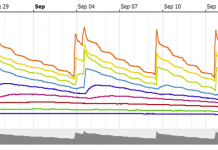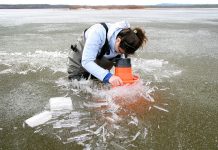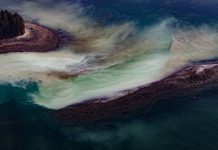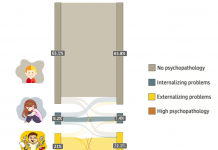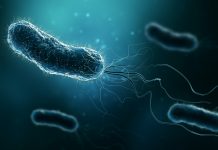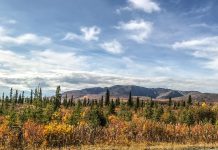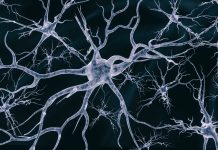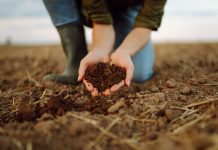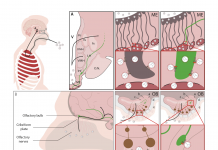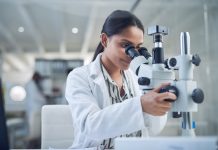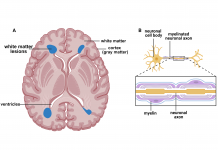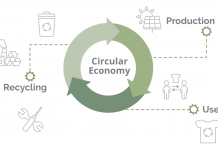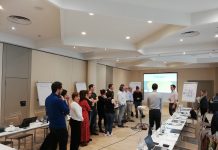Home 2024
Archives
Improving vineyard irrigation efficiency with soil water sensors
Using soil water sensors to automatically schedule irrigation in winegrape vineyards offers the potential for growers to enhance water use productivity under warmer climate conditions.
Cuba’s first motus tower for tracking migrant land birds
Keith Hobson, Professor and Research Scientist at Environment and Climate Change Canada and Western University, discusses updates in the expansion of tracking migratory birds in Central and South America, and the Caribbean.
Interact fostering polar science and research in the arctic
Margareta Johansson and Terry V. Callaghan CMG, on behalf of INTERACT friends, walk us through a series of EU projects that foster polar science and research in the Arctic.
Forage fish: Pacific herring in Alaska
W. Scott Pegau and Hayley Hoover discuss the plight of forage fish, with a particular emphasis on understanding the lack of recovery of Pacific herring in Prince William Sound, Alaska.
The long shadow of childhood mental health problems
Dr Niamh Dooley and Professor Mary Cannon explore what young adult life looks like for individuals who had mental health problems as children.
Microbe development for the biomanufacturing age
Joe Price, Dr Kang Lan Tee & Prof Tuck Seng Wong, explore adopting a holistic approach to microbe development for the age of biomanufacturing.
Permafrost grown: Investigating permafrost-agriculture interactions in Alaska
Here, we learn about Dr. Melissa Ward Jones, who leads a transdisciplinary team of researchers at the University of Alaska Fairbanks, co-producing knowledge with farmers to understand these unique agricultural systems better.
Exploring HER-096: A novel approach to Parkinson’s Disease
Parkinson’s disease, a progressive neurodegenerative disorder, poses significant challenges for both patients and researchers. In a recent interview with Henri Huttunen from Herantis Pharma Plc, we delved into the intricacies of their potential novel disease-modifying therapy, HER-096.
Soil health characteristics
Lynette Abbott from The University of Western Australia, places the spotlight on soil health, including its physical, chemical, biological and hydrological characteristics.
Brain infection by SARS-CoV-2: Lifelong consequences
The WATCH team, founded to elucidate the role played by specialized brain cells called tanycytes in various physiological processes, has been investigating how and where the SARS-CoV-2 virus infects the brain, and some long-term consequences of this neuro-invasion.
A wonder therapy for knee osteoarthritis
Professor Shaw-Ruey Lyu from the Dalin Tzu-Chi Hospital discusses the benefits of arthroscopic cartilage regeneration facilitating procedure (ACRFP) as an alternative to traditional methods of treating knee OA.
Responsible and ethical conduct of research: Principles to uphold
Greg M. Swain, Professor of Chemistry at Michigan State University, emphasizes the importance of responsible and ethical conduct of research (RECR) in scientific progress.
What is the link between white matter lesions and neurodegeneration?
Tara M. DeSilva from the Department of Neurosciences, Cleveland Clinic, examines the link between white matter lesions and neurodegeneration.
Superconductivity and related macroscopic quantum phenomena
John H. Miller, Jr., from the University of Houston, Dept. of Physics and Texas Center for Superconductivity, walks us through superconductivity and related macroscopic quantum phenomena.
Purple non-sulfur bacteria and the circular economy
Arpita Bose, Associate Professor at Washington University in St. Louis, discusses the potential of microbial solutions in supporting sustainable and environmentally responsible alternatives to the traditional linear economy.
Multiple impacts of energy efficiency
Multiple impacts of energy efficiency are at everyone’s fingertips with the MICATool, Frederic Berger, Researcher at the Fraunhofer Institute for Systems and Innovation Research ISI, explains.
Tourism redefined in sustainable Helsinki: The epitome of smart and sustainable travel
Helsinki, a sustainability powerhouse, emerges as a global leader in smart tourism. Boasting a top-ranking for sustainable travel, Helsinki pioneers carbon neutrality, community engagement, and innovation, setting the stage for a green urban future.
Primary care and medical education for Japan’s ageing population
Prof Junji Haruta from Keio University highlights Japan’s ageing population, focusing on challenges and innovations in primary care, plus medical education.
Drug repositioning using multiple gene expression profiles
Chuo University’s Professor Y-h. Taguchi places focus on drug repositioning using multiple gene expression profiles
Using lotteries instead of auctioning is both inefficient and inequality-creating
Yew-Kwang Ng, Emeritus Professor in the Department of Economics at Monash University, compares the use of the lottery and auctioning to allocate scarce goods.


